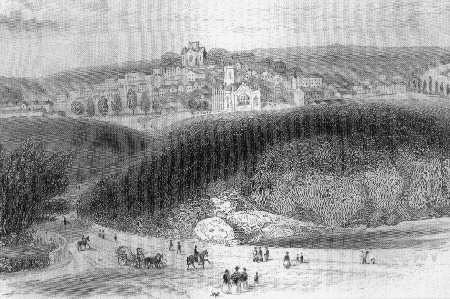We informed you earlier that the county names – indeed the concept – was an English innovation. Perhaps it is time for elaboration.
Our counties were made shire ground, under their present names, by Sir John Perrott in 1586 when he was lord-deputy of
On the question of the name of that ‘town’: the past importance of this ancient city was remarked by several historians many of whom describe it as the chief city of
Previous to Perrott (according to Lewis’s Topographical Dictionary 1837) the property of the county had rested with the families of O’Nials, the MacCahans and the O’Hanlons. As a result of the English conquest by the start of the seventeenth century it was principally vested in those of MacHenry, Acheson, O’Nial, Brownlow and O’Hanlon, exclusively of the great territories settled on Moharty which the MacCahans had forfeited in rebellion and a large tract of country called Oirther (afterwards Orior) a district in the southern part which was also escheated to the crown by rebellion of a branch of the O’Hanlons.
The above description is of course the language of an Englishman. The reality is that even those Irish who at first conspired with the Saxon to disenfranchise and disempower their fellow countrymen were not trusted and soon it came their time too to be unceremoniously dumped and labelled as rebels – their lands being seized (escheated) by the Crown!
We earlier told the story of the O’Hanlons in our district (see O’Hanlons in Tudor times here).
